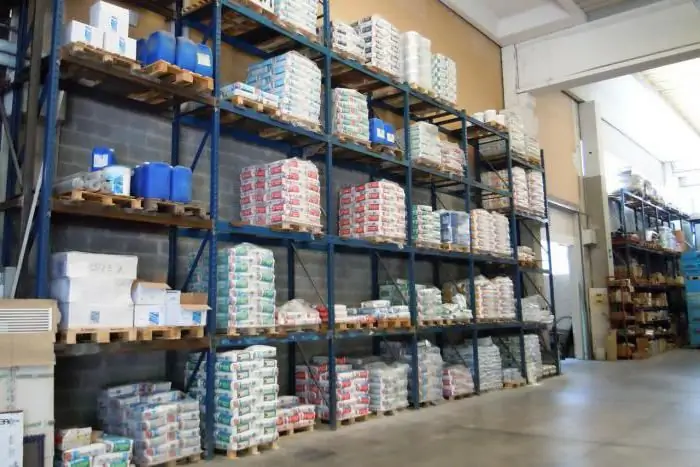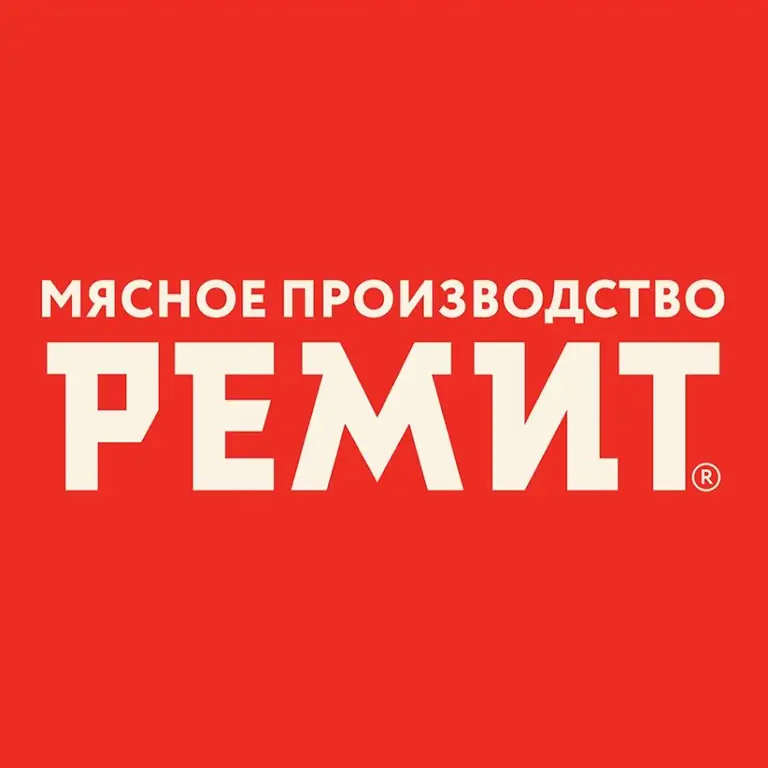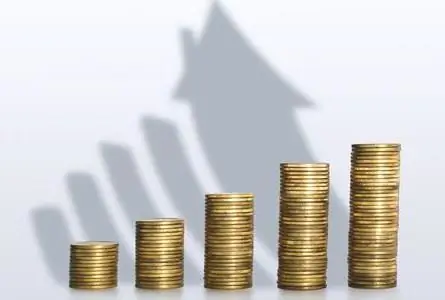2025 Author: Howard Calhoun | [email protected]. Last modified: 2025-06-01 07:12:56
The result of the activities of any manufacturing enterprise are finished goods intended for sale to the final consumer. The total amount of goods sold by the manufacturer is called "sold products". This concept implies the quantity of not only manufactured, but also sold goods. The result of sales is the sales proceeds received on the company's current account.

Product types
The production of the final product goes through several stages - from the stage of raw material processing to the storage of the final product. Conventionally, the production process is divided into three stages through which an assortment unit must go through before becoming a finished product.
- Work in progress includes the initial stages of manufacturing the final product, starting from the purchase of raw materials and ordering the stage of semi-finished products (semi-finished product).
- Semi-finished products are products whose technological cycle of production is currently not completed. Further processing will be carried out by the enterprise or given to third-party suppliers. Sometimes semi-finished products canbe sold to the end consumer - in this case, the buyer should be aware of the shortcomings of such a product.

Finished products - a range of products that have passed all stages of the production cycle. Items received must comply with specifications and current government standards, must be accepted by the quality control department, and are intended for sale to the final consumer
Finished and sold products: similarities and differences
The company's sold products consist of the finished product range that was shipped to the buyer and for which money has already been received. The similarity of these two types lies in the fact that all operations are carried out with products that have undergone a full cycle of technological processing. The difference lies in the fact that sold products are goods for which money has already been received, and finished products are those that were sold during the reporting period, along with stock balances that are still waiting for their buyer. If the finished product is not sold, then the costs of its production will become costs for the enterprise as a whole.

Formula for calculating sold products
The volume of products sold is calculated using a formula that takes into account inventory in warehouses. This value should be tied to a specific time interval. The calculation formula is as follows:
- RealPr=He + CommodityPr - OK, where is He, Ok - the remains of an unrealizedproducts stored in warehouses at the beginning and end of the time interval.
Formation of the price of sold products
The selling price of finished products must comply with the following parameters:
- competitiveness;
- profitability;
- attractiveness to customers.
These three factors underlie sales effectiveness. Let's consider each indicator in more detail.
Competitiveness
The cost of production of each commodity unit must lie in the range of prices presented by the main competitors. To do this, marketers determine a price positioning strategy in which the company's products will fit into the realities of the market. To do this, they monitor the prices of competitors and form a range of retail prices, which should fit the final price of the products sold.
IMPORTANT! Price positioning depends on many individual factors: brand reputation, customer activity, intensity of promotion of competitive products.
Profitability
The cost parameter can be determined in two ways: to calculate the total cost of the cost of producing one unit of goods, or to find the final quotient from dividing the total costs of the company to produce a certain amount of products, affecting its volume and cost. The products sold take into account two factors when forming the final price:
- cost of production per unit or standard lot;
- business expenses incurred by an enterprise in order to realize itsproducts.

Cost calculation method
Manufacturing enterprises often cannot determine the unit cost of finished products, but operate on larger scale statistics. The administration of the company knows how much money was spent on the production of batches of goods and how many units of finished products in one such batch.

This method can be used to calculate the cost of goods in stock. To the amount of the purchase of goods from the manufacturer, you should add the total costs of the enterprise for storing, accounting for the goods and delivering them to the final consumer (or to the retail network). The calculation of profitability gives the minimum price below which the cost of production cannot be lowered - its production will become unprofitable (unprofitable).
Customer attraction
The third stage is to assess the attractiveness of the product from the point of view of buyers. To do this, various surveys are conducted to assess the willingness of buyers to pay a certain price for a product.
Important! Each buyer expresses his own subjective opinion, taking into account the characteristics of this product, but in general, such surveys provide an objective assessment of the expectations of buyers.
Sold products are each customer's response to the choice of product, brand or manufacturer.

Range of possibilities
As you can see, the price of goods sold should lie in a narrowrange of opportunities offered by profitability, competitors and customers. Without observing this principle, it is impossible to predict sales growth and increase the rate of production of finished products - it is quite possible that, due to the unattractiveness or high cost, finished products will gather dust in the warehouse, and then be disposed of or sold for next to nothing.
Results
For any manufacturing enterprise, sold products are a factor that directly forms the profitability of a business entity. Without a developed sales structure, the production process quickly stops, the company becomes insolvent. If there is no government support, the firm goes bankrupt, people lose their jobs, and the owners of the firm face the sad fate of bankruptcy.
To avoid a sad scenario, you should thoroughly study the possibilities of the market and take into account the prospects of the goods produced. Even an expensive product can find its buyer if it is desired by the majority of buyers.
Recommended:
Debt sold to collectors: does the bank have the right to do so? What to do if the debt is sold to collectors?

Collectors are a huge problem for many. What to do if the bank has contacted similar companies for debts? Does he have the right to do so? What will be the consequences? What to prepare for?
How the cost of a service is calculated: an example of a calculation. Service cost

Description of the technology for compiling the cost calculation and listing the constituent data for the calculation. An example of calculating the cost of some public services
How much does it cost to enter into the driver's insurance without experience. How much does it cost to include a person in insurance?

Sometimes it becomes necessary to make changes to the OSAGO policy. For example, indicate that another person can drive the transport. About how much it costs to enter into the insurance of a new driver and how to do it, read the article
REMIT Meat Processing Plant LLC: feedback from customers and employees, manufactured products and quality of meat products

REMIT reviews are of interest to customers who are considering options for cooperation with this company, and employees who expect to get a well-paid and stable job. In this article, we will talk about this meat processing plant, what products it produces, whether its quality corresponds to the declared one, what its employees and partners say about the enterprise
WACC is a measure of the cost of capital. Cost of Capital WACC: Examples and Calculation Formula

In the modern economic system, the property of any company has its own value. The control of this indicator is important for the choice of the organization's action strategy. WACC is a measure of the cost of capital. The formula of the indicator, as well as examples of its calculation will be presented in the article

